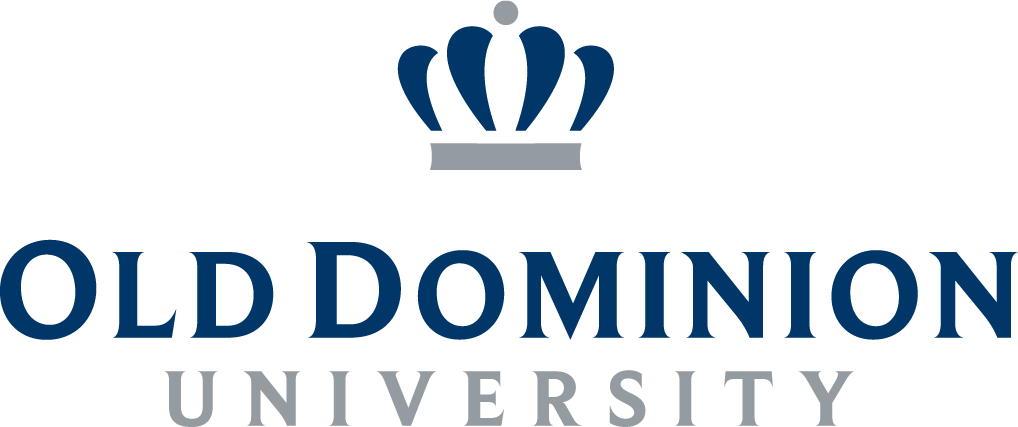There are many ways to keep a computer safe and monitor the effectiveness of safety measures, however, there is no full guarantee at all types despite vigilance. With the creation of new devices new means of protection have accompanied them to protect consumers and any other establishments using the technology. Firewalls, software, and authentication methods are tools to keep computers safe. A firewall is a method used to increase the security of a network and can exist as hardware, software, or both. A hardware firewall is a device connected to a network that filters based on a set of rules.
Software is a kind of firewall that runs on the operating system to intercept packets as they come into the computer. Authentication means identifying someone in this case a process to make sure the appropriate person is accessing the device or information. Multi-factor authentication is when there are two or more means of confirming identity before access is given to view information. Factors that may be combined include login credentials, codes, or some kind of facial recognition.
While protecting the computer systems is important, that is not the only thing to consider when trying to keep computers safe. Where your computer is stored and the wifi networks it is connected to, and activities done on the computer are major factors in keeping computers safe. If the computer is connected to a compromised network it can affect the computer functions, reliability, and files. If the computer or device is not kept up with it can allow hackers to tamper with it or use other devices to compromise it, and steal data, and sensitive information. Lastly avoiding suspicious websites, clickbait, and mature content is something device owners should be sure to do. Oftentimes one click is all it takes to ruin a device, and even if salvageable it can be accompanied by embarrassment.
To keep computers safe it is recommended to only utilize networks that are trustworthy, keep the device nearby, and have strong passwords.

Leave a Reply